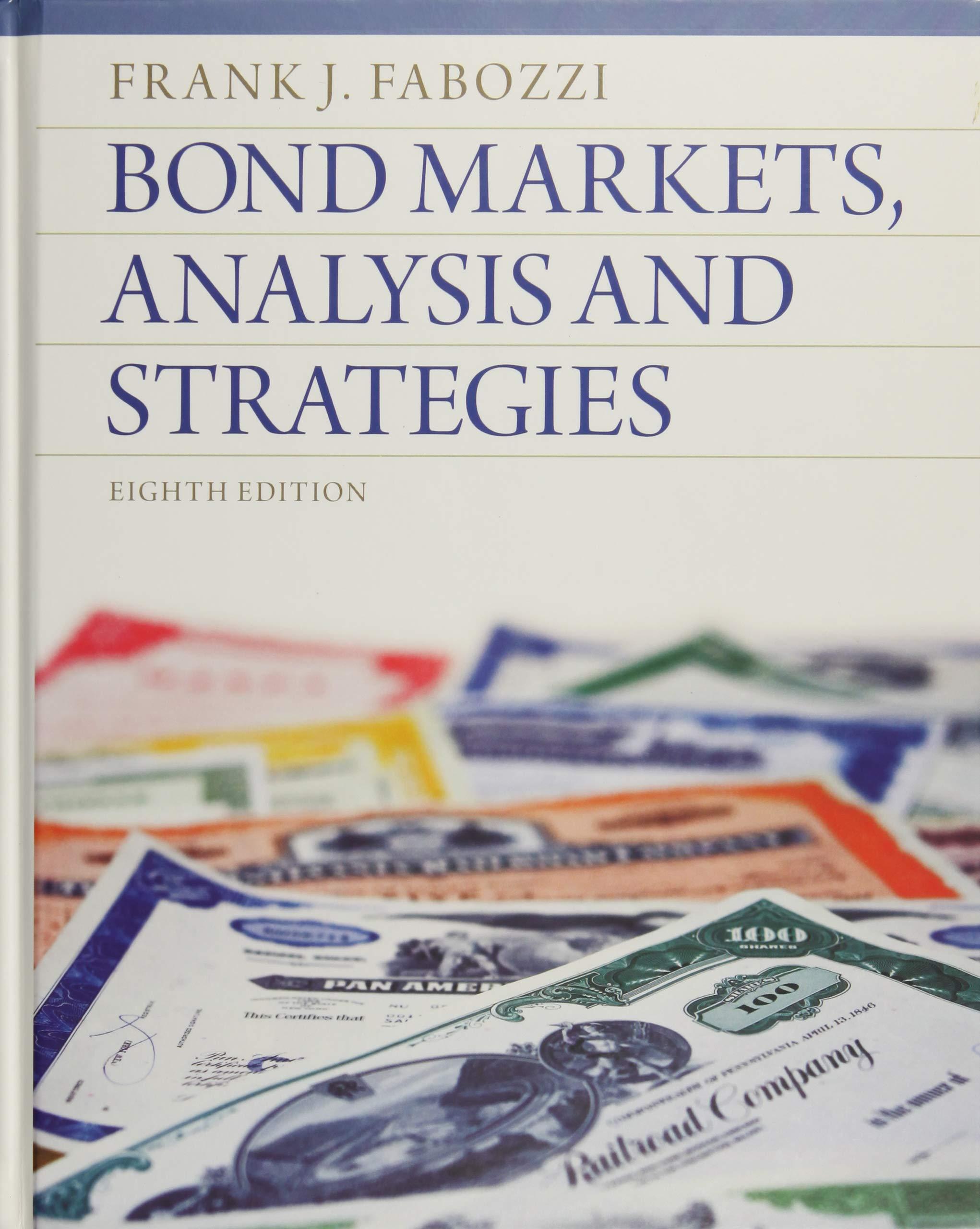please I need one page answer ASAP
thanks
pue aodioo uoa uds paI govemment bonds, % Apr. 1953- Mar. 1956. Jan. 1962- Dec. 1964 296L AON Oct. 1970 Sep. 1973 Aug.1976- July. 1979 June.1982 May. 1985 Apr. 1988 Mar. 1991 Feb. 1994 - Jan. 1997- Dec. 1999 Nov. 2002 Oct. 2005- Sept. 2008 Aug. 2011- July. 2014 - FIGURE 3.9 Yield spreads between corporate and 10-year Treasury bonds. Spread on Baa bonds Spread on Aaa bonds 0 Because of the risk of default, yields on corporate bonds are higher than those of govern- ment bonds. For example, Figure 3.9 shows the yield spread of corporate bonds against U.S. Treasuries. Notice that the spreads widen as safety falls off. Notice also how spreads vary over time. They widened dramatically, for example, during the credit crunch of 2007 to 2009. 16 Sovereign Bonds and Default Risk When investors buy corporate bonds or a bank lends to a company, they worry about the pos- sibility of default and spend considerable time and effort assessing differences in credit risk. By contrast, when the U.S. government issues dollar bonds, investors can generally be confi- dent that those bonds will be repaid in full and on time. Of course, bondholders don't know what that money will be worth. Governments have a nasty habit of reducing the real value of their debts by inflationary policies. Although sovereign debt is generally less risky than corporate debt, we should not leave you with the impression that it is always safe even in money terms. Indeed, as the nearby box explains, even in the United States investors in government bonds have had their scary moments. Countries do occasionally default on their debts and, when they do so, the effects are sometimes catastrophic. We will look briefly at three circumstances in which countries may default. BEYOND THE PAGE ubrasos auos mhhe.com/br0aley12 Reference: Yiled Spread (3-43 slide) You observe in the figure mentioned above that the gap between the spread on Baa bonds and that on Aaa bonds went up too much (compared to other periods) during the period of financial crisis of 2008. What could be the possible reason for this? Give me the logic and the dynamics of how it happened. Valuing Bonds Chapter 3 FIGURE 3.9 Yield spreads between corporate and 10-yeam Treasury bonds. 6 5 Spread on Baa bonds Spread on Aaa bonds Because of the risk of default, yields on corporate bonds are ment bonds. For example, Figure 3.9 shows the yield spread of corporate bonds against U.S. Treasuries. Notice that the spreads widen as safety falls off. Notice also how spreads vary over time. They widened dramatically, for example, during the credit crunch of 2007 to 2009.16 higher than those of govern- pue aod u t ads pja government bonds, % Apr. 1953 Mar. 1956- Feb. 1959 Jan. 1962 Dec. 1964 Oct 1970 Sep. 1973 Aug.1976 July. 1979 June.1982 May. 1985 Apr. 1988 Mar. 1991 Feb. 1994 Jan. 1997 Sept. 2008 2011. 6ny July. 2014- Reference: Yiled Spread (3-43 slide) You observe in the figure mentioned above that the gap between the spread on Baa bonds and that on Aaa bonds went up too much (compared to other periods) during the period of financial crisis of 2008. What could be the possible reason for this? Give me the logic and the dynamics of how it happened










